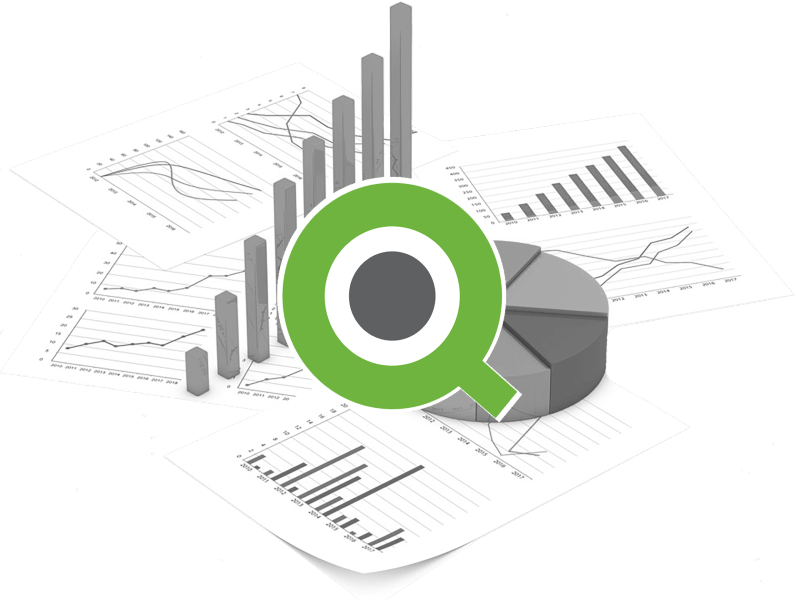Let’s continue the comparison of leaders in BI and data integration. Below is a comparison of Qlik and Power BI 12 key features.
- Interactive dashboard
- Qlik: the ability to explore data from any angle directly from the dashboard, generating new ideas for research;
- Power BI: data mining is limited to the SQL engine. For each request, only a part of the data is analyzed, which makes it difficult to identify patterns and relationships;
- Data visualization
- Qlik: a complete set of interactive visualizations for free data exploration;
- Power BI: has a full set of interactive visualizations. But a query-based approach limits the user’s filtering and exploration;
- Deployment flexibility
- Qlik: offers users complete freedom and control over data, provides a complete SaaS environment, on-premise and private cloud options;
- Power BI: users need to use Azure (a cloud platform that is designed for developers of cloud computing applications, data storage);
- Total cost of ownership (TCO)
- Qlik: lower cost with no hidden extras;
- Power BI: relatively low cost at the initial stage. But scaling requires additional upgrade costs;
- Scalability
- Qlik: providing high performance computing when working with large datasets and real-time data;
- Power BI: using a dynamic query slows things down considerably. Additional cost need to upgrade to a Premium package for scaling;
- Self-service
- Qlik: provides centralization and consolidation of data in the cloud, the creation of managed data models with reliable protection. All content is created, managed and controlled in the cloud;
- Power BI: the use of a decentralized approach, the distribution of data between user desktops and the cloud, the inability of users to create their own visualizations and make changes to existing ones that makes data management expensive and time consuming;
- Data integration
- Qlik: the best built-in capabilities for data integration, merging and transformation;
- Power BI: data integration requires the purchase of additional Microsoft products;
- AI-based analytics
- Qlik: a full range of AI capabilities built into the platform;
- Power BI: additional Microsoft AI features (Quick Insights and Q&A) on the toolbar must be added each time;
- Advanced analytics
- Qlik: built on the basis of the API, the platform allows to embed a dashboard, individual numbers, values, indicators into the latest web technologies and applications;
- Power BI: the ability to embed dashboards in other applications, however, many features are not available in the SDK;
- Use cases
- Qlik: all users have the ability to perform all actions on one platform, use application automation, automatic machine learning, receive alerts, generate reports, conduct analytics in real time;
- Power BI: many use cases, but will require additional costs to purchase the full set of Microsoft products;
- Mobile business intelligence
- Qlik: native mobile application with the possibility of interactive online and offline research;
- Power BI: View-only mobile application;
- Information literacy support
- Qlik: a user of any knowledge and skills level can view the data, also there is a possibility of learning;
- Power BI: Only the author has access to self-service.
DataLabs is a Qlik Certified Partner. A high level of team competence and an individual approach allows to find a solution in any situation. You can get additional information by filling out the form at the link
